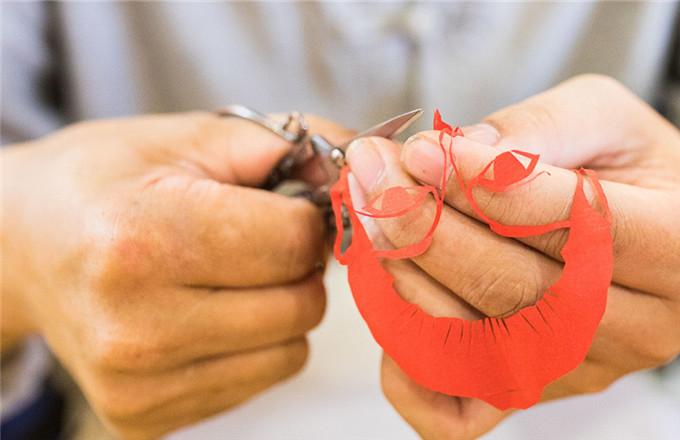Belt and Road Initiative bolsters export enterprises
Exports from Quanzhou, Fujian province, to countries along the route of the Maritime Silk Road have surged as a result of the promotion of the Belt and Road Initiative, according to official data and local entrepreneurs.
Statistics released by the Quanzhou customs authorities show that the city's exports to countries and regions along the route of initiative reached a record 29.5 billion yuan ($4.4 billion) in the first half of this year, accounting for 39.3 percent of the city's foreign trade volume.
In terms of trade with Quanzhou, Saudi Arabia, the Philippines and Vietnam were the top three countries along the initiative's path.
Liu Jinlong, head of the Anxi County Juyuan Tea Cooperative, said tea exports from Anxi, a well-known production area for Oolong tea that is administered by Quanzhou, have risen "by dozens of times" compared with the corresponding period last year. "I believe that is closely related to the Belt and Road Initiative," he said.
According to figures from the Anxi county government, tea exports reached 16,000 metric tons last year, and there were more than 60 destination countries. This year, the number of trading partners has expanded rapidly along the initiative's route, with export destination countries exceeding 100.
Zheng Pengfei, general manager of Shunmei Group, which manufactures and exports craftworks in Dehua, a county overseen by Quanzhou, said exports have been rising, despite the weak global economy. Last year, the group's export volume reached $20 million.
In Nan'an, a city under the jurisdiction of Quanzhou that is renowned for its stone-carving industry, 528 companies in the sector have started exploring the market opportunities offered by the initiative's development.
Liu Liang, chairman of Yingliang Group, said his company buys more than 800 types of stone from more than 30 countries, including Turkey, Norway and Denmark. The stone is turned into works of art in Nan'an, and then sold at home and overseas.
"About 40 percent of our stone materials come from countries and regions along the Maritime Silk Road, while 20 percent of our products are sold to the same places. For stone-carving companies in Nan'an, the Maritime Silk Road has brought huge business potential," he said.





















